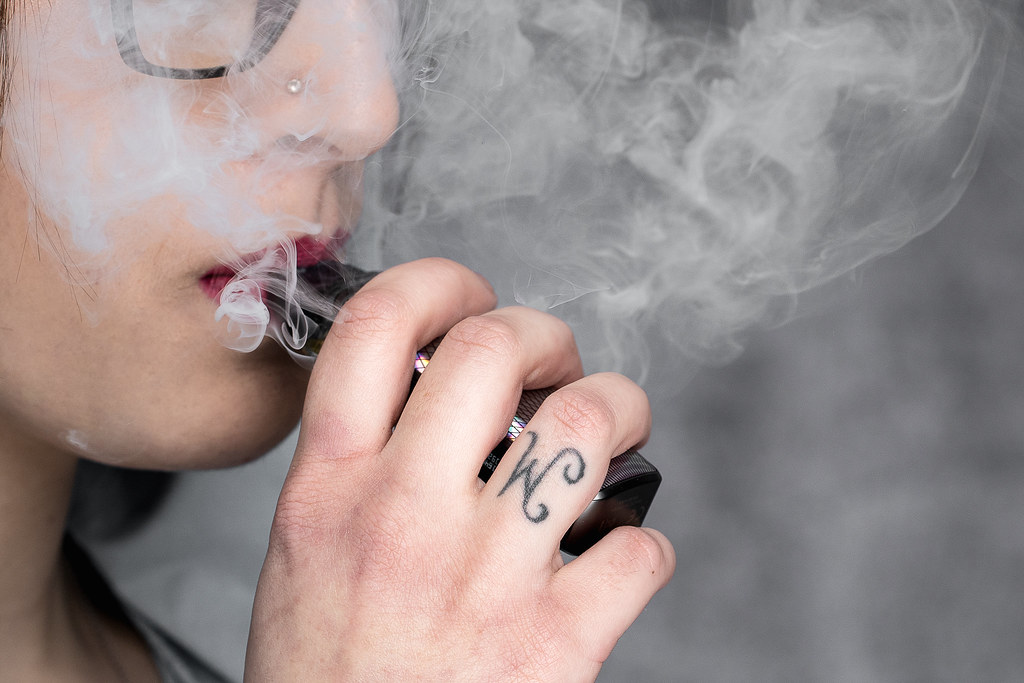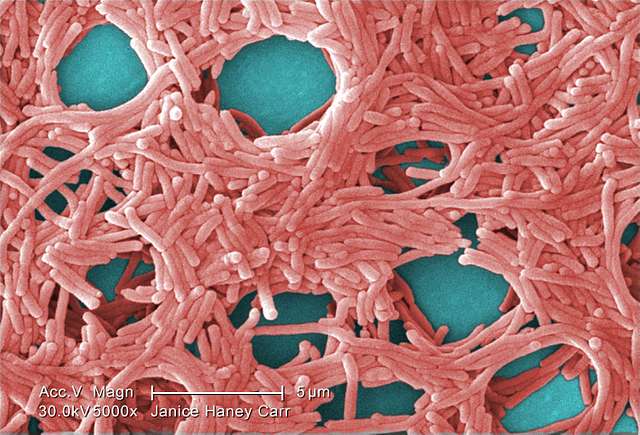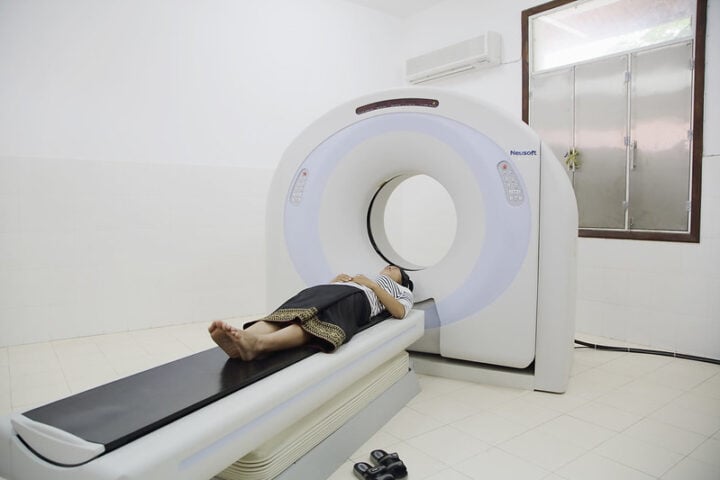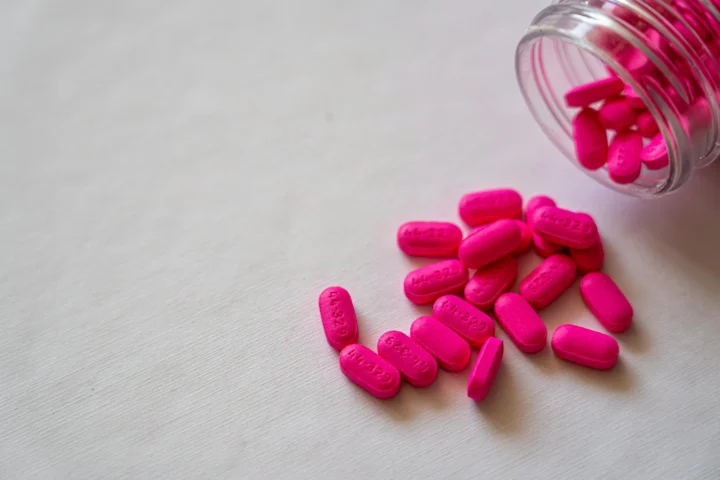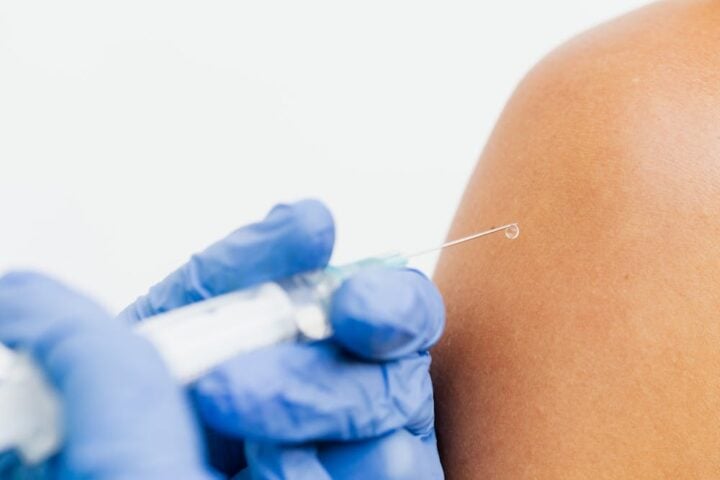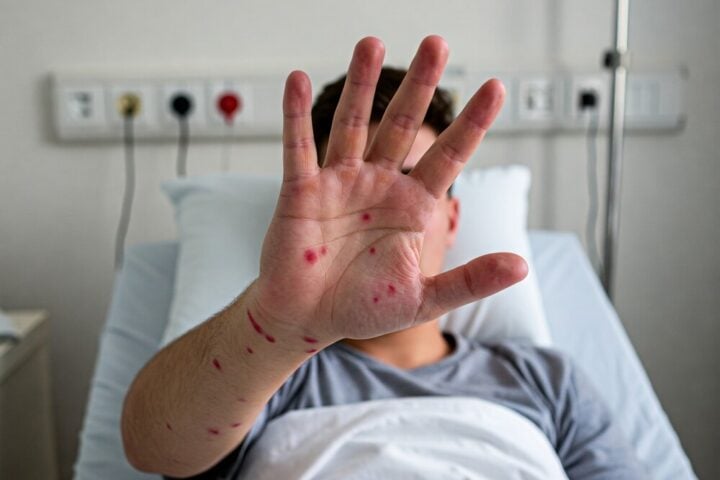When 17-year-old cheerleader Brianne Cullen called her mother during practice, gasping that she couldn’t breathe, neither expected the devastating diagnosis that would follow: bronchiolitis obliterans, commonly known as “popcorn lung” – a rare, irreversible lung condition linked to her secret three-year vaping habit.
“She kept saying, ‘I can’t breathe.’ It was the scariest thing,” recalled her mother, Christine Martin, who rushed her daughter to the emergency room where multiple scans revealed the serious condition.
What Happened: A Teen’s Vaping Journey Turns Dangerous
Brianne started vaping at just 14, using $25 (£19) disposable devices daily to cope with anxiety following the COVID-19 pandemic lockdowns. For three years, she kept this habit completely hidden from her vigilant mother.
“I would walk into her room all the time and I never saw her vaping,” Martin told reporters. “It took a deadly diagnosis for her to stop.”
The moment of crisis came during cheerleading practice when Brianne suddenly couldn’t catch her breath. This emergency led to hospital tests that revealed the shocking truth – she had developed popcorn lung, a condition that doctors confirmed is permanent and potentially deadly.
Understanding Popcorn Lung: The Medical Facts
Popcorn lung (bronchiolitis obliterans) occurs when the smallest airways in the lungs, called bronchioles, become inflamed and scarred, making breathing increasingly difficult. The condition earned its colloquial name after being first identified in microwave popcorn factory workers in Missouri around 2000, who developed it after breathing in vapors containing diacetyl, a chemical used for butter flavoring.
While diacetyl was banned in UK e-cigarette liquids under EU regulations in 2016, the chemical can still be found in some vaping products sold in the United States. Acetaldehyde, another chemical present in vape smoke, is also linked to this condition, according to the American Lung Association.
- Shortness of breath, especially during physical activity
- Persistent dry cough and wheezing
- Unexplained fatigue
- Sometimes fever and night sweats
- Occasional skin rashes
Unlike damage from traditional cigarettes, which may partially heal if smoking stops, popcorn lung causes irreversible scarring of the airways.
“They told me she should be able to make a full recovery because we caught it so early, but it can also cause problems like cancer in the future,” Martin explained. “Smoking takes years to show its effect and your lungs can heal from it, but popcorn lung is irreversible.”
Treatment Options and Future Uncertainty
Doctors have given Brianne an inhaler to help with her breathing, but treatment options for popcorn lung are limited. Medical management typically includes:
- Steroids to reduce inflammation
- Inhalers to help open airways
- Oxygen therapy in more severe cases
- In extreme cases, lung transplants may eventually be required
“We don’t know the status of her lungs now,” Martin said. “We still don’t know if there will be long-term effects.”
Similar Posts
The Vaping Epidemic Among Youth
Brianne’s case highlights a growing public health concern. Recent statistics show that one in four children have tried vaping devices, while one in 10 use them regularly. Among 16-17 year olds, usage rates rise to approximately one in six teens.
What makes vaping particularly dangerous for young people:
- Ease of concealment – modern vapes are often odorless and designed to look like everyday items
- Attractive flavors that appeal to younger users
- Misconceptions about safety compared to traditional cigarettes
- Accessibility despite age restrictions
- Possible gateway to nicotine addiction and traditional smoking
Martin points to a serious regulatory issue: “Kids can walk straight into these smoking shops and buy them. It’s a money grab.”
Broader Health Concerns and Regulatory Response
Beyond popcorn lung, vaping has been linked to other serious health problems:
- Collapsed lungs
- Severe respiratory issues
- Cases of users vomiting green liquid
- E-cigarette or Vaping Use-Associated Lung Injury (EVALI)
In response to these growing concerns, the UK government announced in October 2023 that disposable vapes will be banned starting June 2025. These colorfully packaged devices with candy-like flavors have been identified as particularly appealing to young people.
Cancer Research UK notes there have been no confirmed cases of popcorn lung reported specifically from UK-regulated e-cigarettes, highlighting the potential importance of chemical regulations in vaping products.

A Mother’s Warning to Parents
Christine Martin is now advocating for greater awareness and stricter regulations on vaping products.
“I would urge parents to spread awareness. This is meant to be a cautionary tale to not let your kids vape no matter what,” she said. “They used to say cigarettes are healthy and now we know the truth, but we don’t know the truth about vapes.”
Her experience underscores how difficult it can be for parents to detect vaping, even when vigilant. The incident has transformed her into an advocate for removing these products from the market altogether to protect other children from similar health crises.
Expert Recommendations for Prevention
Health professionals emphasize several key strategies for parents:
- Open conversations about the risks of vaping
- Awareness of symptoms that might indicate vaping-related health issues
- Understanding how vaping devices look and how they might be hidden
- Advocating for stricter regulations and enforcement of age restrictions
- Supporting educational initiatives in schools about vaping dangers
For Brianne, the consequences of her vaping habit will likely follow her for life. Her story serves as a powerful warning about the potential dangers lurking in these increasingly popular devices – dangers that many teens and parents may not fully understand until it’s too late.
Frequently Asked Questions
Popcorn lung (bronchiolitis obliterans) is a rare, irreversible lung condition where the smallest airways in the lungs (bronchioles) become inflamed and scarred, making breathing difficult. It was first identified in microwave popcorn factory workers exposed to diacetyl, a chemical used for butter flavoring. This same chemical, along with other harmful compounds like acetaldehyde, can be present in some vaping products. Unlike damage from traditional cigarettes, popcorn lung causes permanent scarring that cannot be reversed.
Symptoms of popcorn lung include:
- Shortness of breath, especially during physical activity
- Persistent dry cough and wheezing
- Unexplained fatigue
- Sometimes fever and night sweats
- Occasional skin rashes
These symptoms can develop gradually and may be mistaken for other respiratory conditions at first.
Detecting teen vaping can be extremely difficult, as modern vaping devices are often designed to be discreet, produce minimal odor, and may resemble everyday items like USB drives or pens. Some signs that might indicate vaping include:
- Unusual sweet scents that don’t match typical teen products
- Increased thirst or sensitivity to caffeine (vaping can cause dehydration)
- Unexplained purchases or missing money
- Unfamiliar battery chargers or electronic parts
- Changes in breathing patterns or unexplained coughing
- Increased secrecy about possessions or activities
As noted in the article, even vigilant parents may not detect vaping – Brianne’s mother never caught her despite three years of daily use.
While vaping was initially marketed as a safer alternative to traditional cigarettes, emerging research and cases like Brianne’s highlight serious concerns. Vaping can cause different types of harm compared to cigarettes:
- Vaping-related lung injuries like EVALI (E-cigarette or Vaping Use-Associated Lung Injury)
- Potential for permanent lung damage including popcorn lung
- Unknown long-term effects due to the relatively recent widespread adoption
- High nicotine content leading to stronger addiction patterns in youth
As Christine Martin noted in the article: “They used to say cigarettes are healthy and now we know the truth, but we don’t know the truth about vapes.” Medical experts are still discovering the full range of health impacts from vaping products.
Treatment options for popcorn lung are limited and focus on managing symptoms rather than curing the condition. Common approaches include:
- Steroids to reduce inflammation in the airways
- Inhalers to help open airways and ease breathing
- Oxygen therapy for more severe cases
- In extreme cases, lung transplants may eventually be required
As mentioned in Brianne’s case, early detection can help manage the condition, but the scarring of lung tissue is permanent and irreversible. Doctors gave her an inhaler to help with breathing, but the long-term prognosis remains uncertain.
Governments are increasingly taking action to address the youth vaping epidemic:
- The UK announced in October 2023 that disposable vapes will be banned starting June 2025
- Some countries have regulated or banned certain chemicals in vaping products (the UK banned diacetyl in e-cigarette liquids under EU regulations in 2016)
- Many jurisdictions have increased age verification requirements and marketing restrictions
- Some regions have implemented flavor bans targeting products that appeal to youth
However, as Christine Martin pointed out, enforcement remains a challenge: “Kids can walk straight into these smoking shops and buy them. It’s a money grab.” Advocates continue to push for stricter regulations, better enforcement, and more comprehensive education about vaping dangers.
